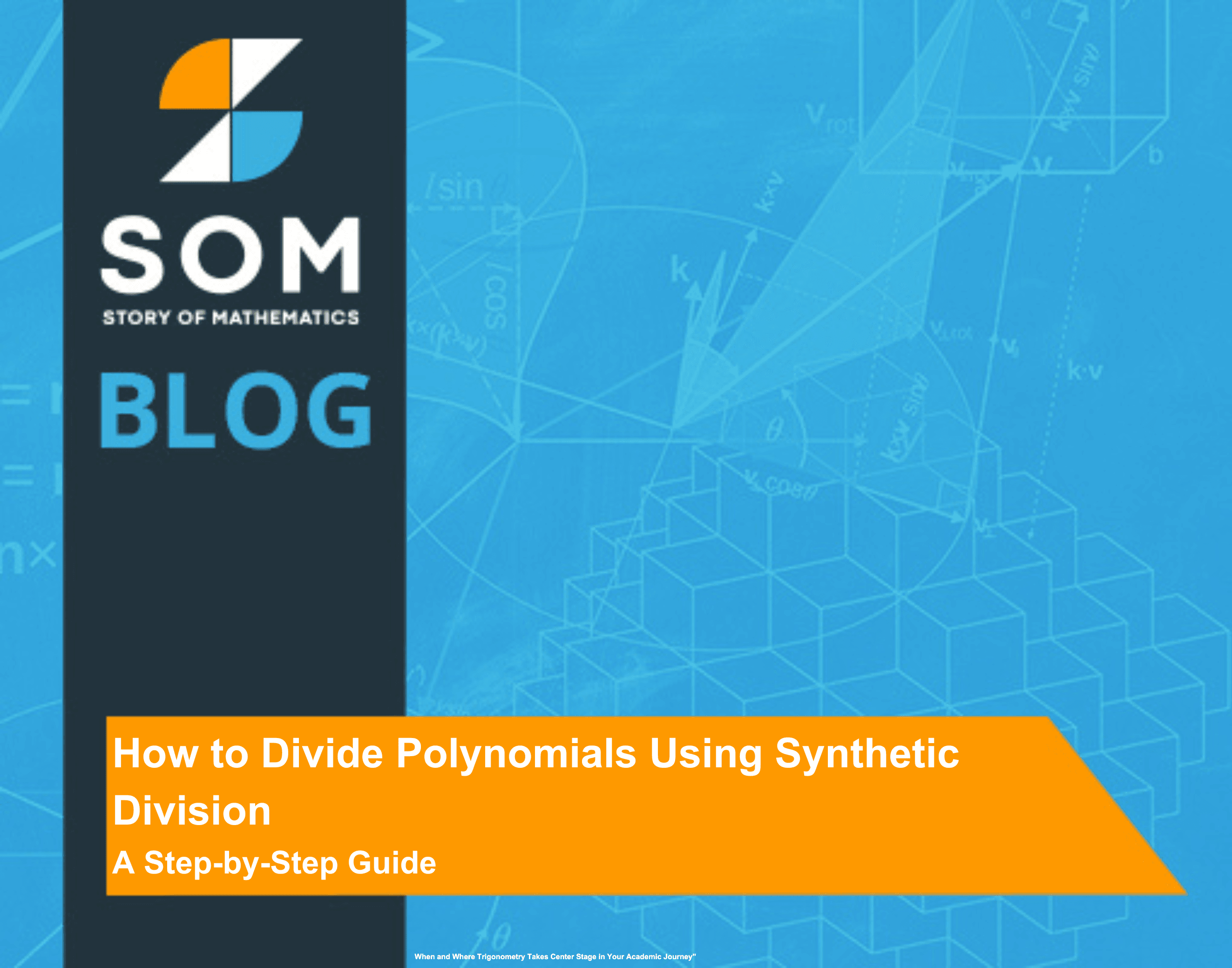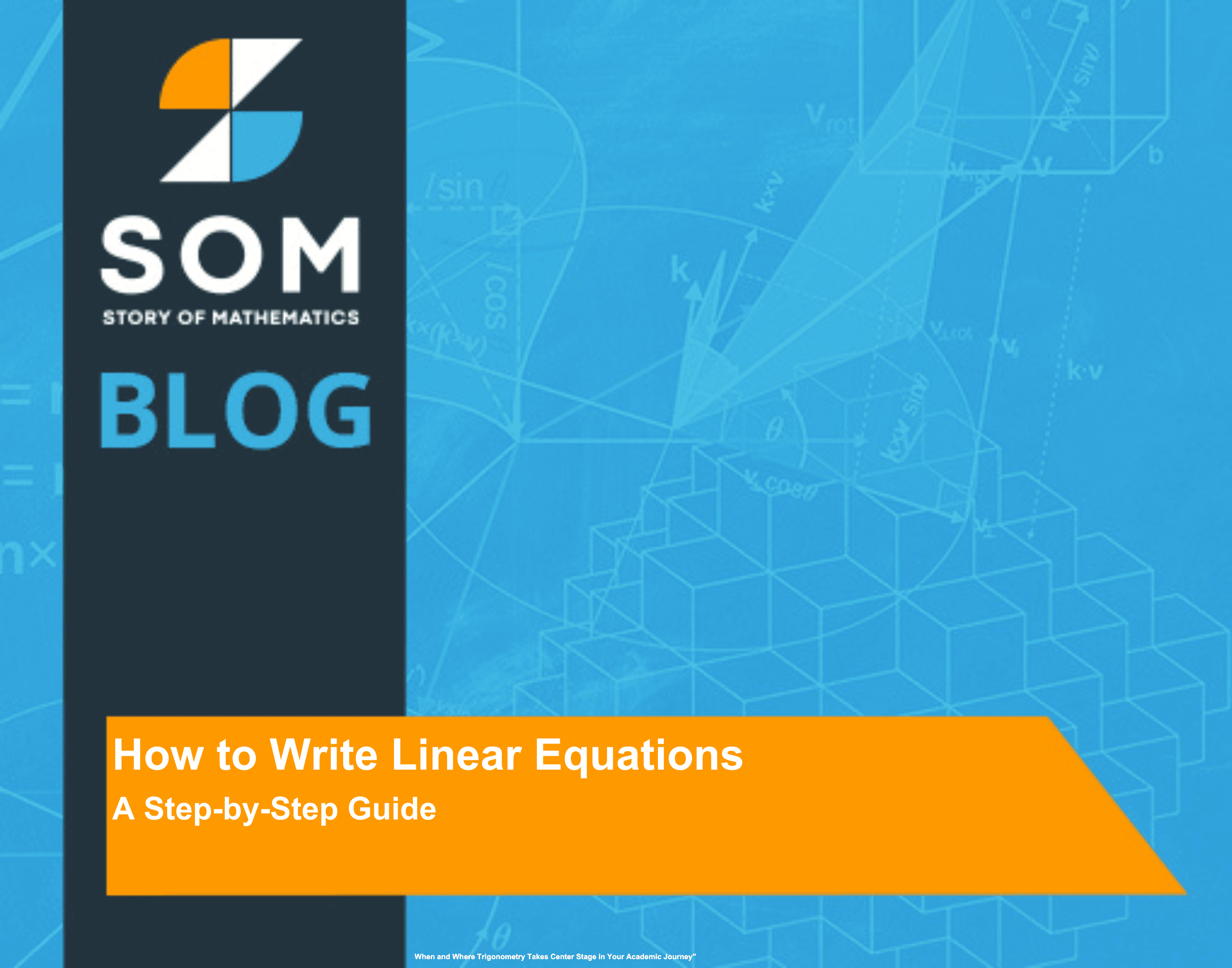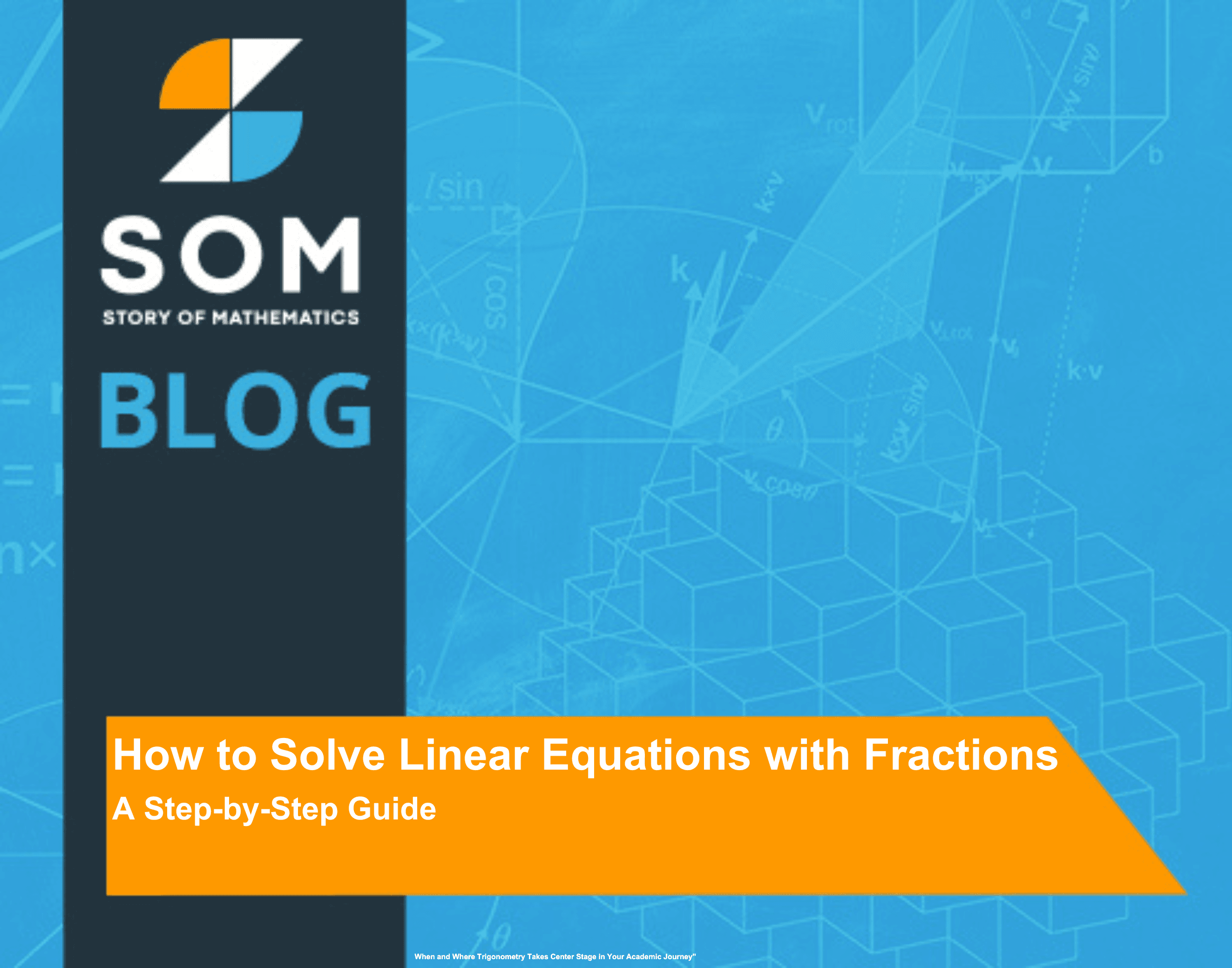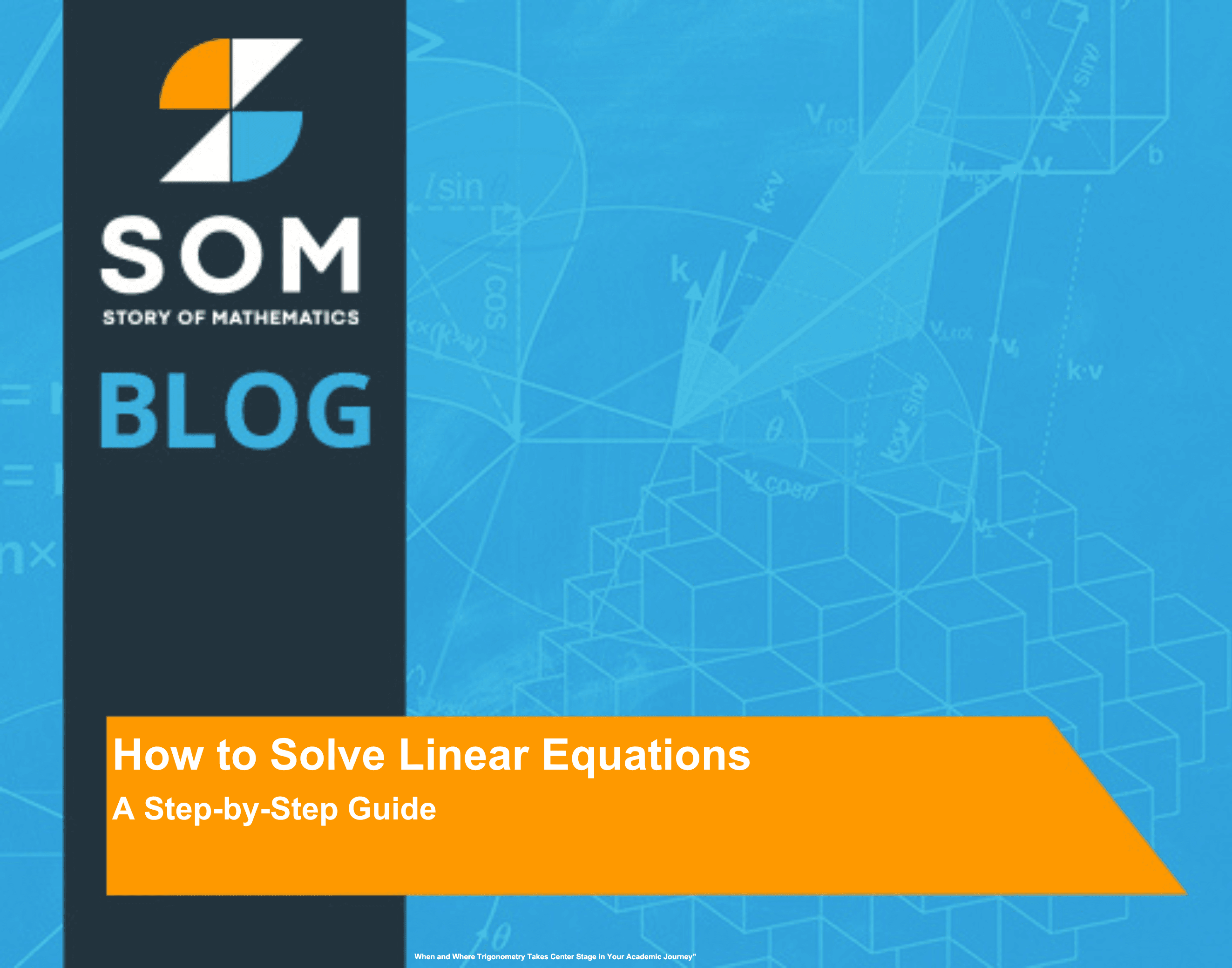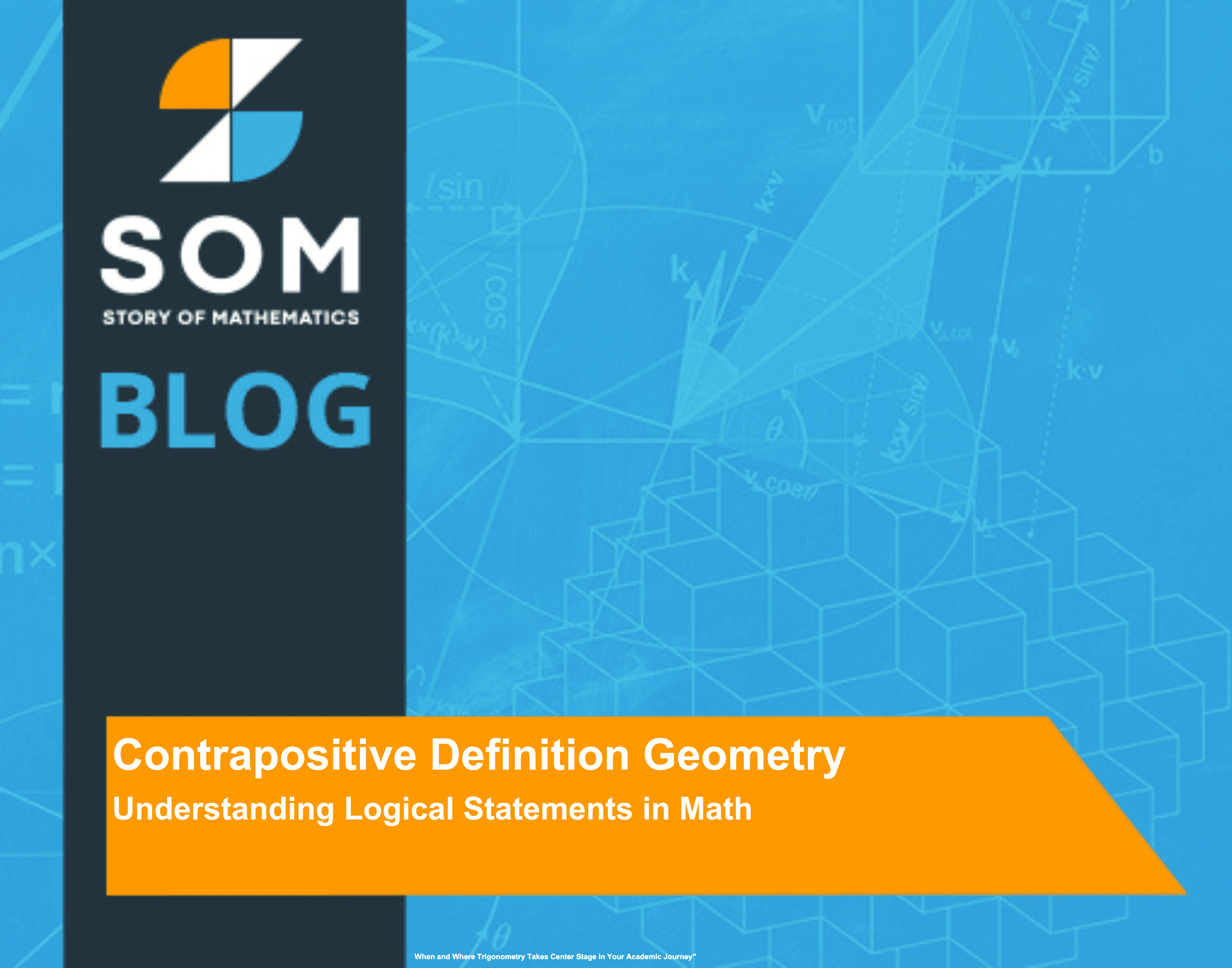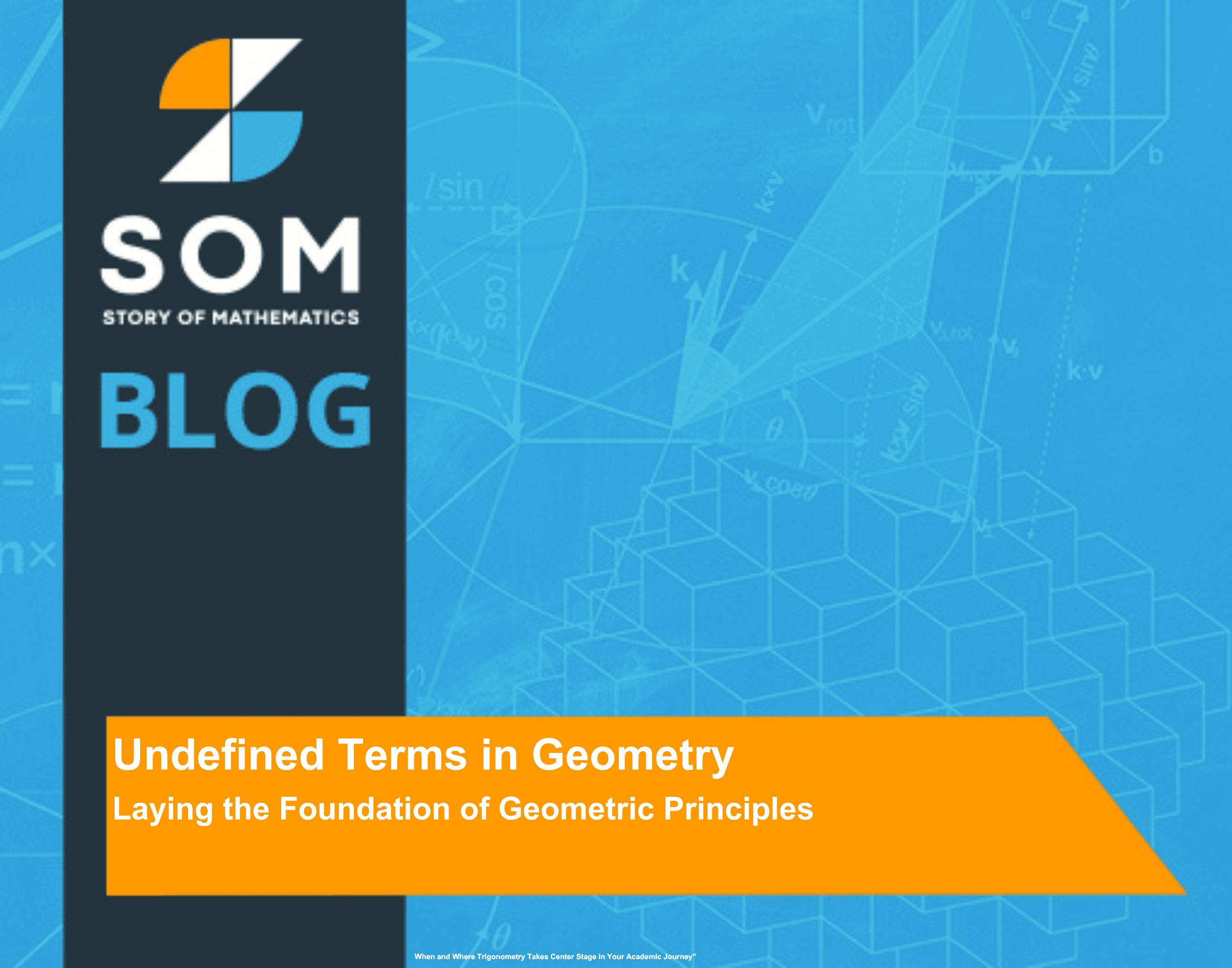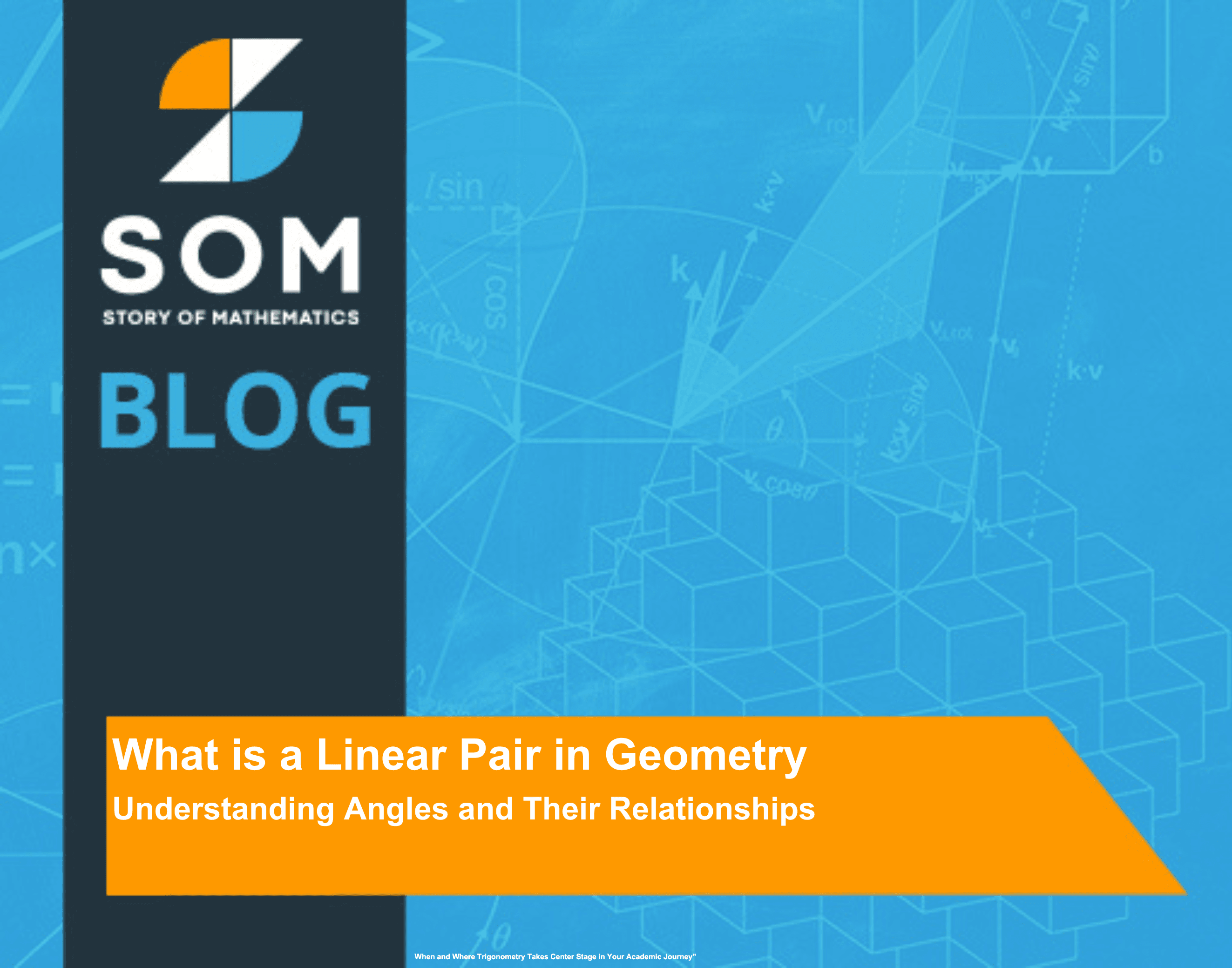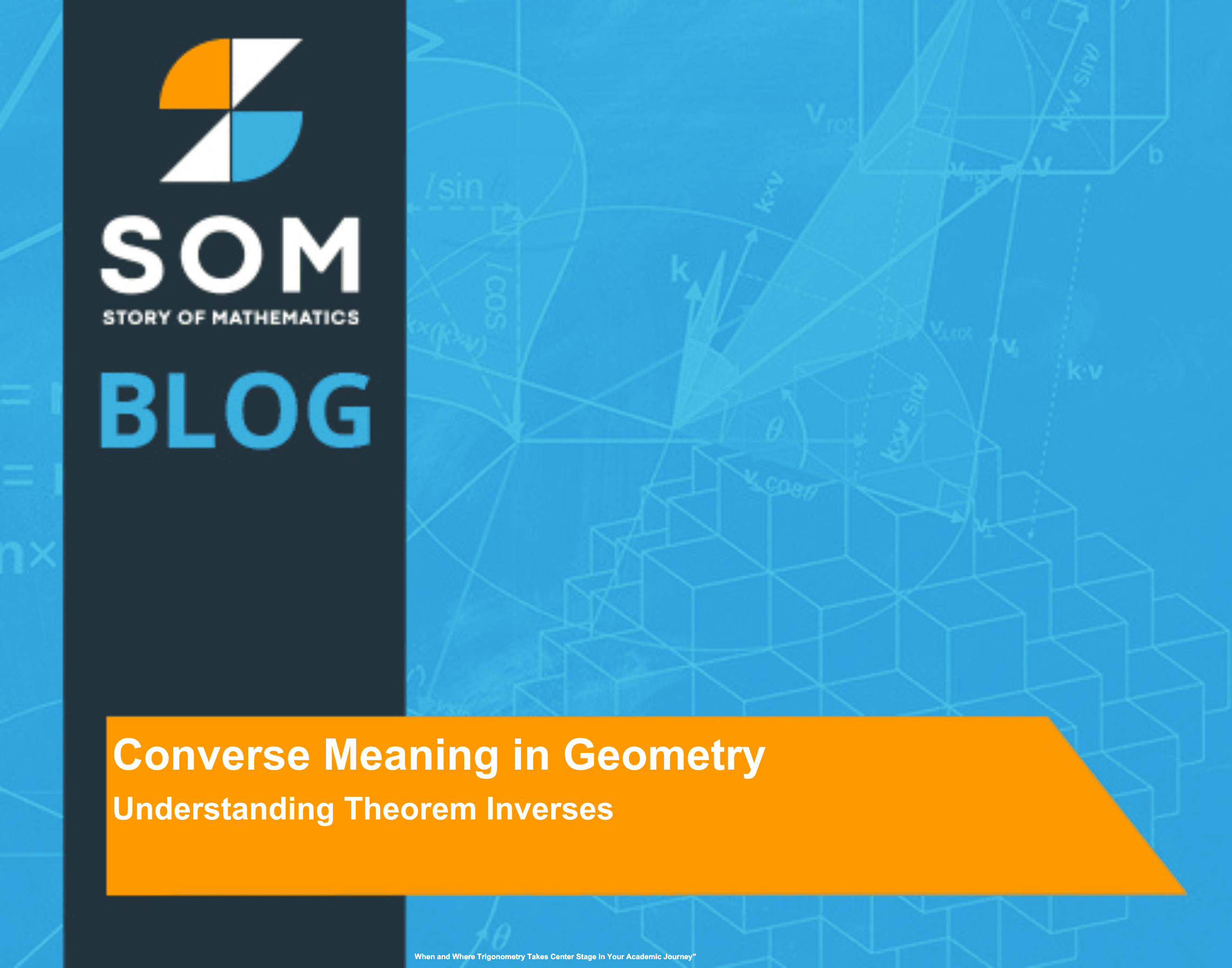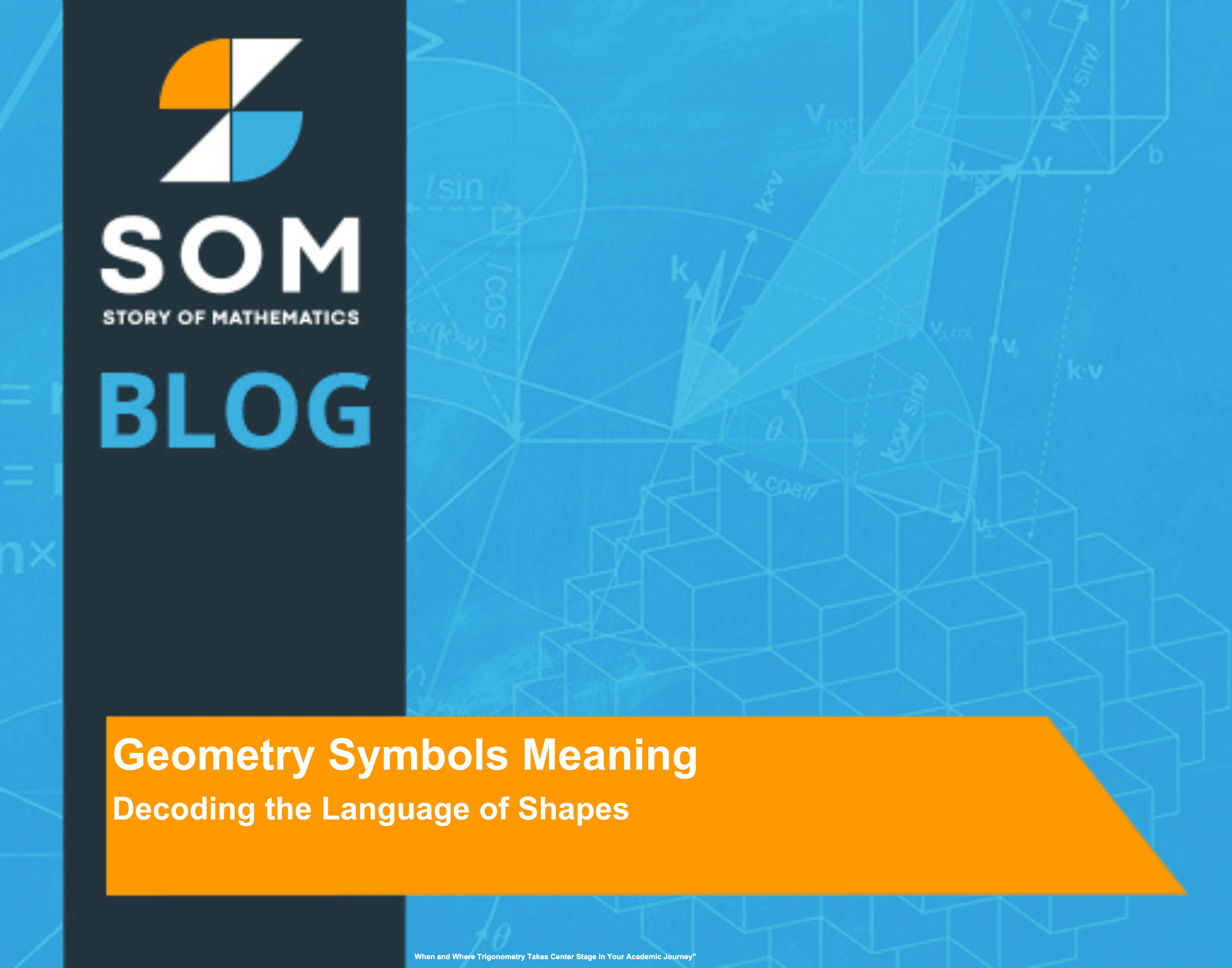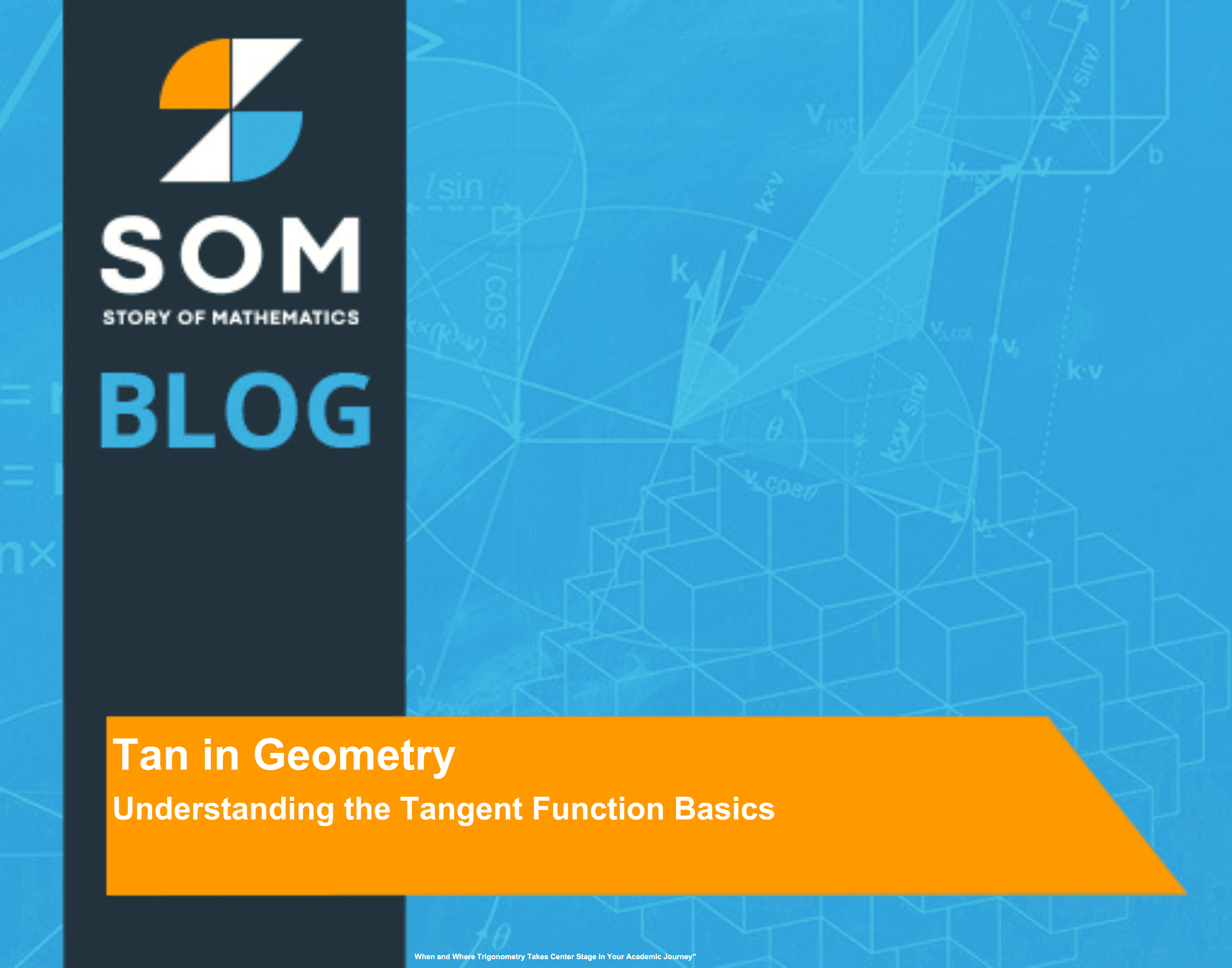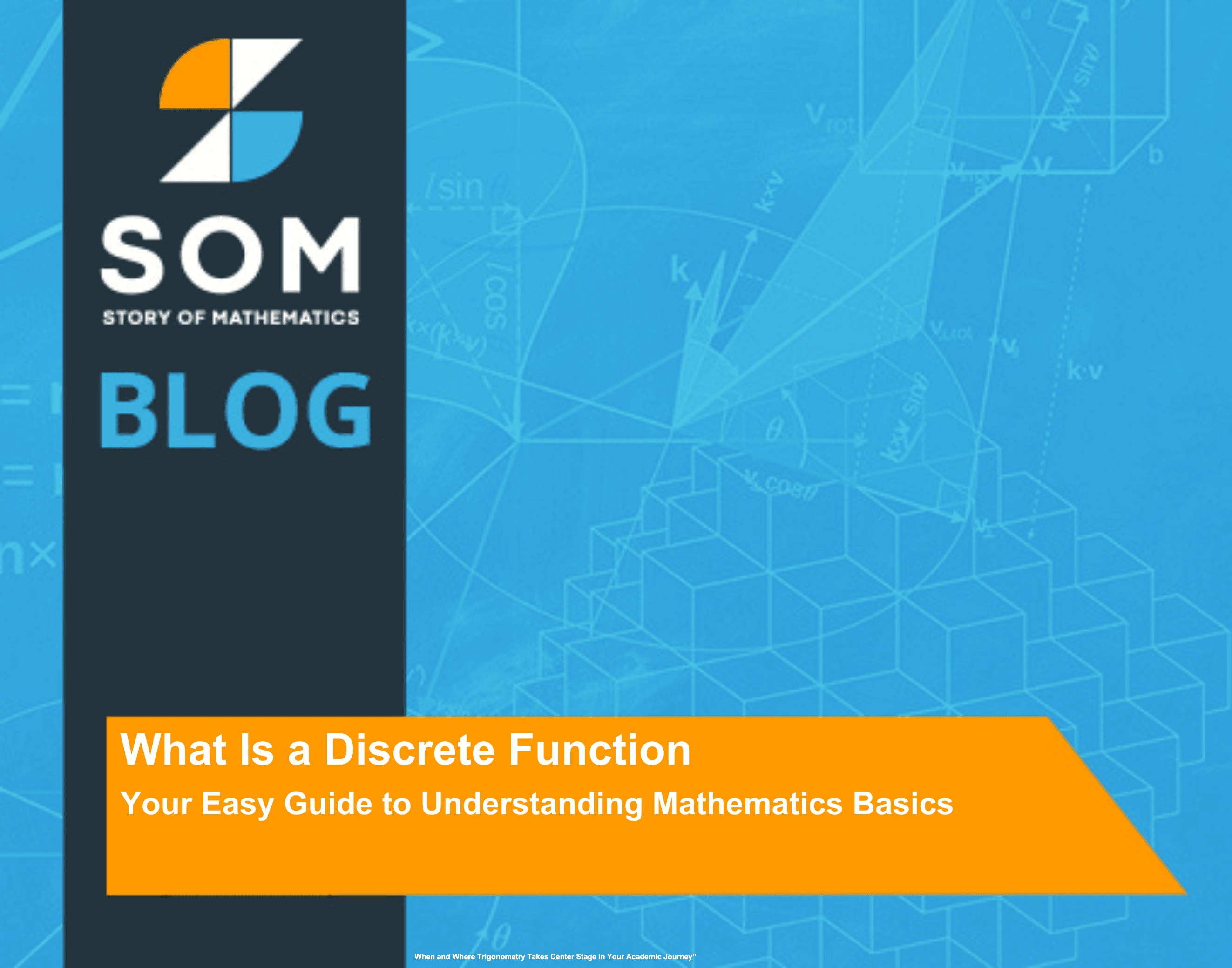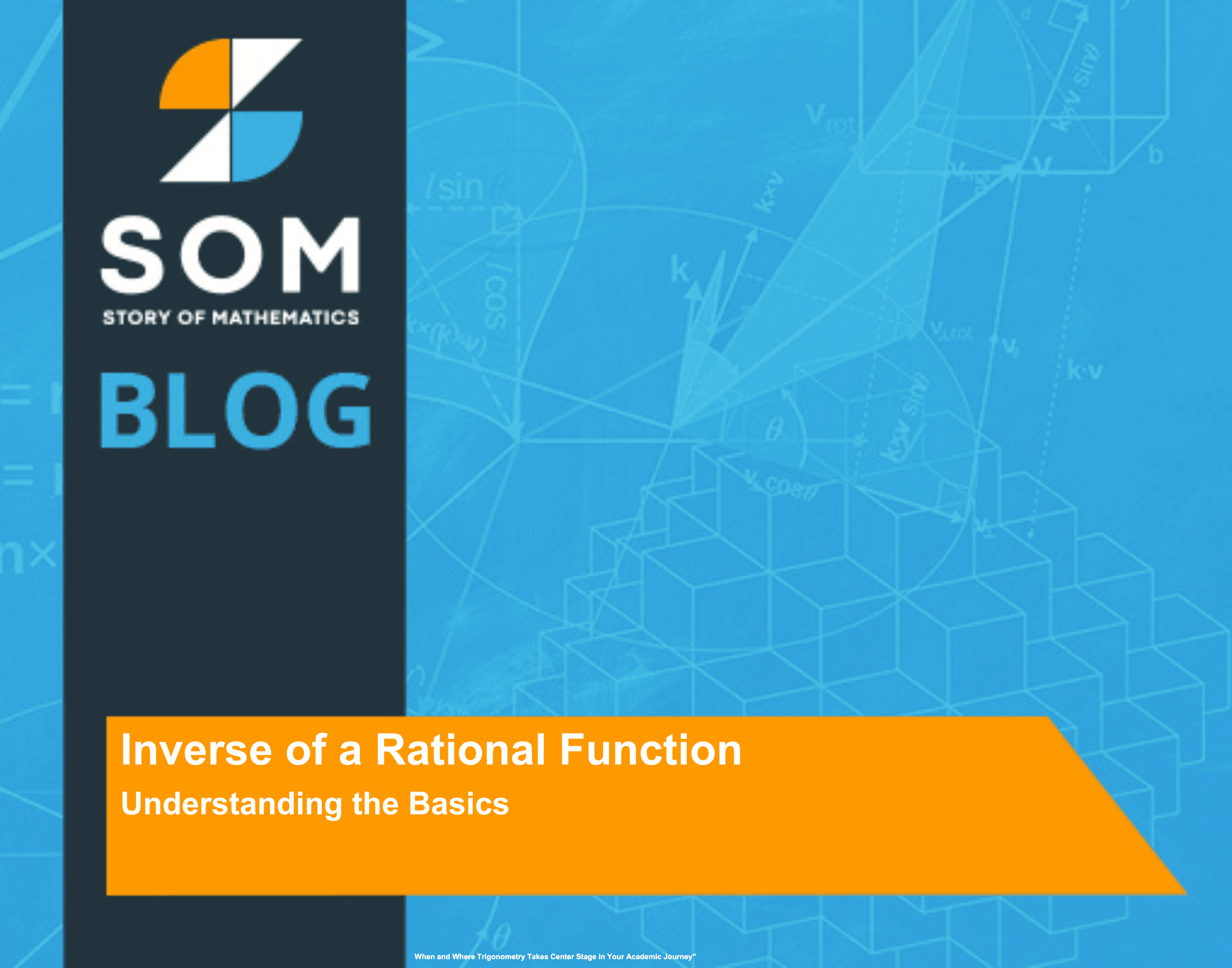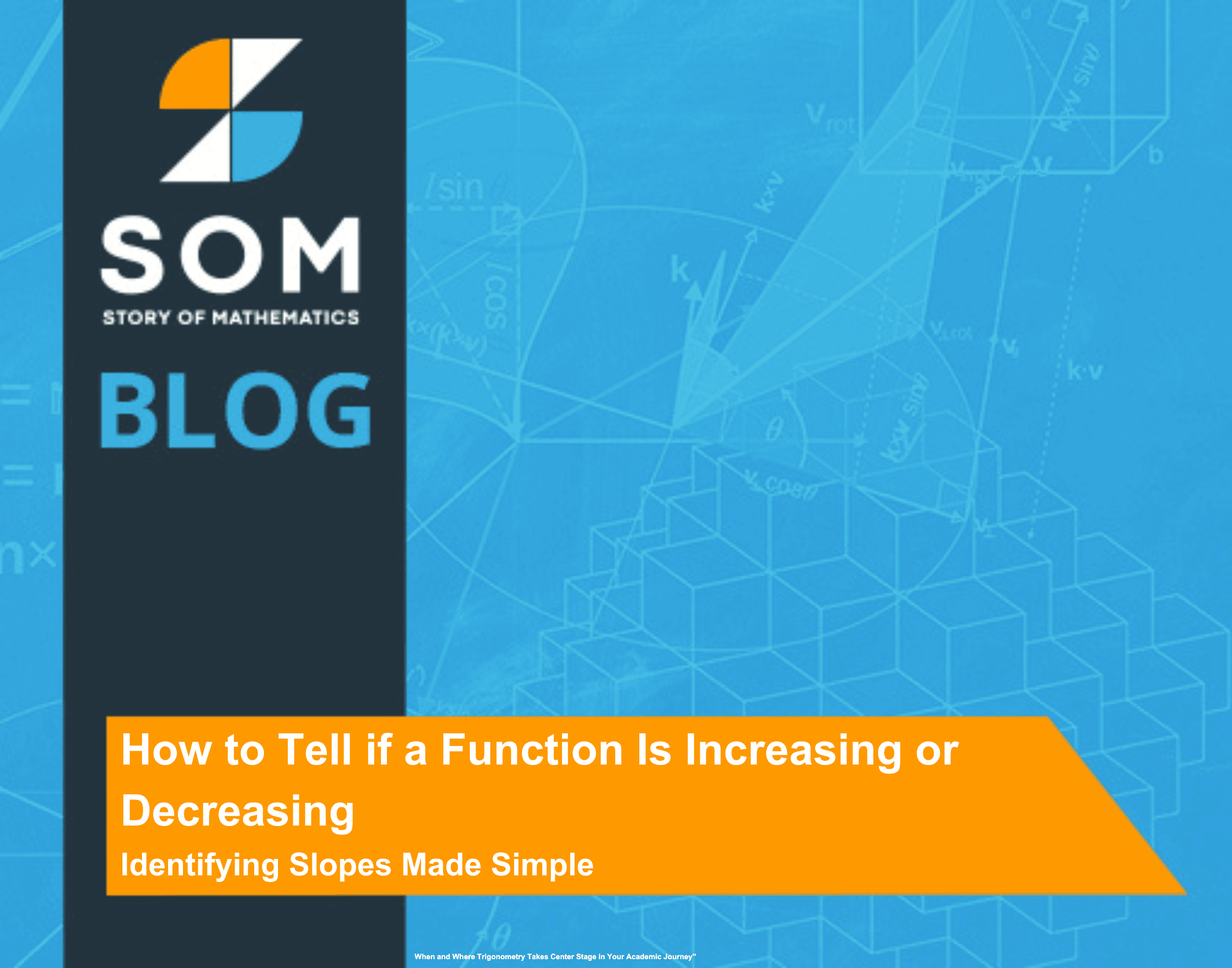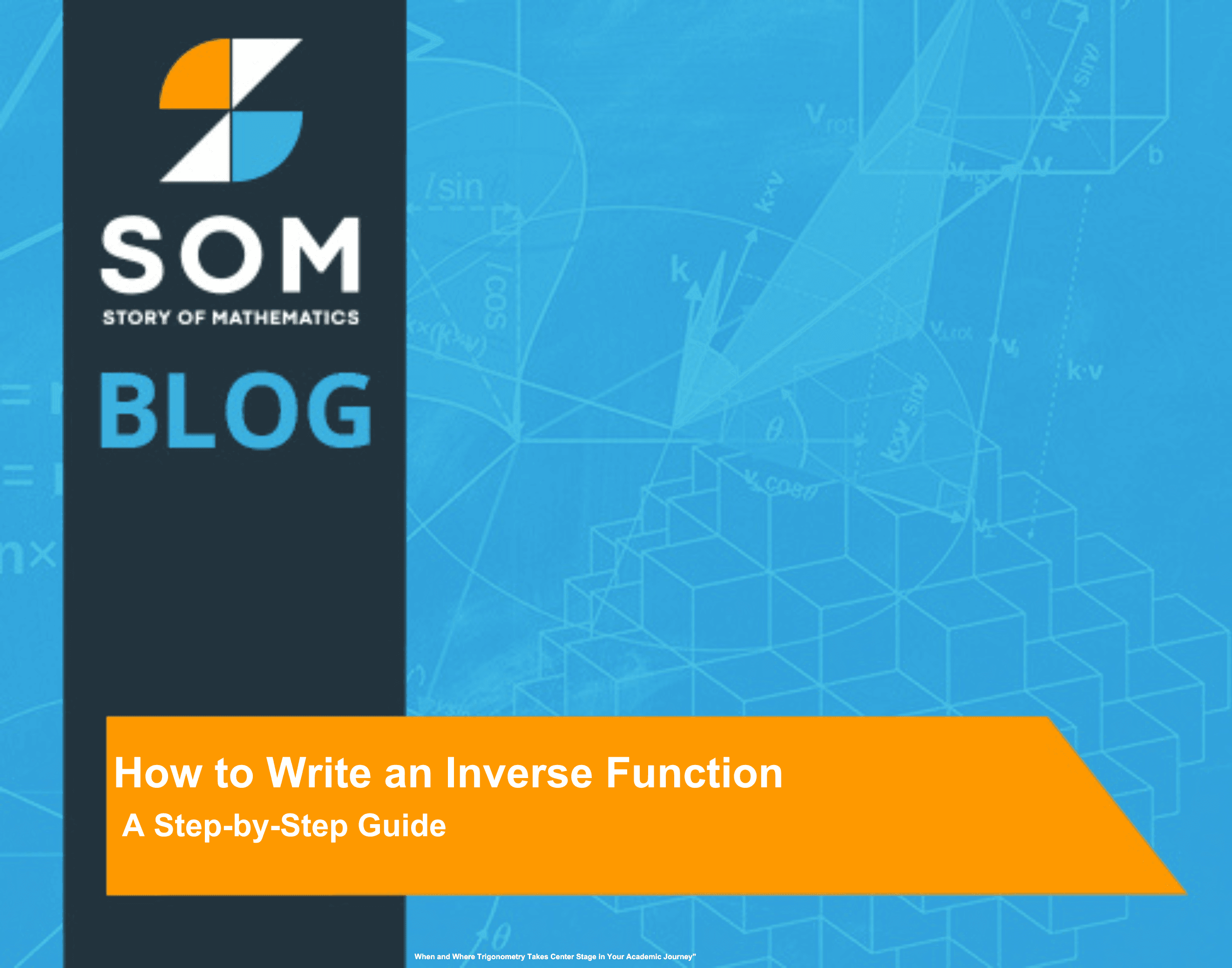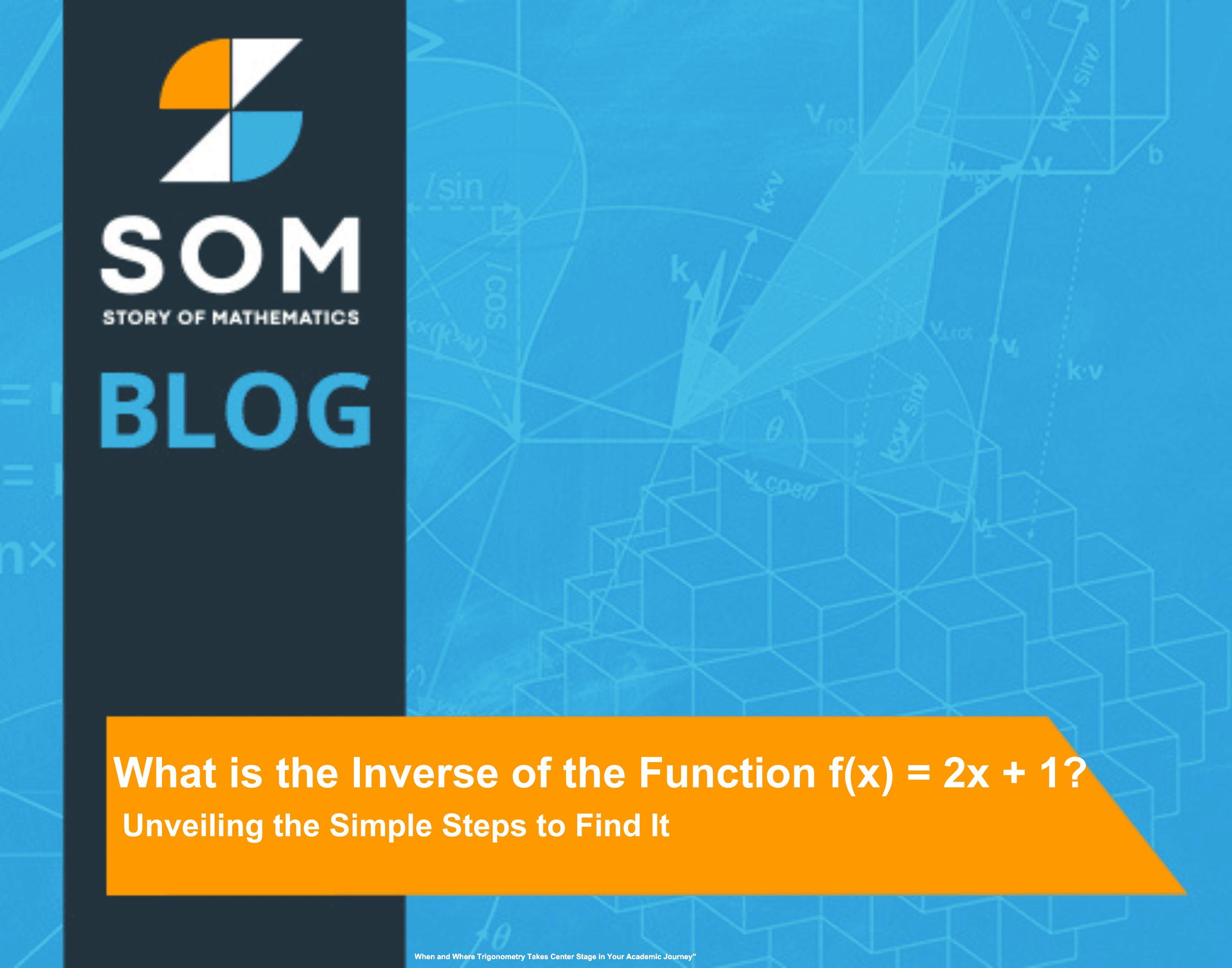To subtract polynomials, you should first recognize that polynomials are algebraic expressions consisting of variables raised to non-negative integer powers, and coefficients. Subtracting one polynomial from another essentially involves dealing with each like term individually. The process is to align corresponding terms, change the signs of the terms of the polynomial being subtracted, and then […]
Category Archives: Blog
To classify the polynomial equations, I always start by observing the terms. A term consists of a coefficient and a variable raised to a power, which is referred to as its degree. A polynomial might have one or multiple terms, each made distinct by their coefficients or exponents. For instance, in the polynomial $7x^2 + […]
The sum of polynomial functions is the result of adding two or more polynomial expressions, which are algebraic expressions that include variables and coefficients. Polynomials are added by combining like terms, terms that have the same variables raised to the same powers. For example, to add the polynomials $f(x) = 4x^2 + 3x – 5$ […]
To add and subtract polynomials, I first ensure that each term is identified. A polynomial equation consists of one or more terms, where each term includes a coefficient (a numerical part), variable(s), and exponent(s). When adding or subtracting these mathematical expressions, I combine like terms, which are terms with the same variables raised to the […]
To graph polynomials, I always begin by identifying the polynomial function and its degree. The degree gives me valuable insight into the overall shape of the graph. For instance, if I have a second-degree polynomial like $(f(x) = ax^2 + bx + c)$, I know the graph is a parabola. When graphing higher-degree polynomials, such […]
Polynomial long division with remainders is a method for dividing one polynomial equation by another, sharing similarities with the long division algorithm used in arithmetic but tailored for algebraic expressions. In this process, I divide the leading term of the dividend by the leading term of the divisor and work through the polynomials step by […]
The order of a polynomial is synonymous with its degree, specifying the highest power of the variable within any term of the polynomial expression. In a single-variable polynomial, like $p(x) = ax^n + bx^{n-1} + ldots + kx + c$, the degree is $n$ if $a neq 0$. For instance, in the polynomial $3x^4 + […]
To factor polynomials with five terms, I begin by looking for finding common factors and grouping terms in a way that simplifies the expression. Factoring is essential in algebra to reduce expressions to their simplest forms and solve equations efficiently. For a polynomial of the form $a n^4 + b n^3 + c n^2 + […]
To factor a trinomial, one should first understand that a trinomial is a type of polynomial with exactly three terms. Factoring is the process of decomposing the expression into a product of simpler expressions that, when multiplied, give the original trinomial. For instance, the expression $x^2 + 5x + 6$ can be factored as ( […]
To factor polynomials with 4 terms, I first look for any common factors among the terms. If there is a greatest common factor (GCF), I factor it out. If the polynomial does not immediately suggest a GCF, I consider rearranging the terms to see if they can be grouped in pairs that share a factor. […]
To divide polynomials, you should first understand the concept of synthetic division, a shorthand method for dividing a polynomial by a linear binomial of the form (x – c), where (c) is a constant. This technique simplifies the process by allowing you to bypass the more cumbersome traditional long-division approach. It is particularly efficient when […]
Solving linear equations with variables on both sides is a fundamental skill in algebra that I consider essential for understanding a wide range of mathematical and real-world problems. An equation of this sort typically looks like $ax + b = cx + d$, where $x$ is the variable you’re looking to solve for, and $a$, […]
To write linear equations, I first identify the essential components: the slope and the y-intercept. The slope, denoted as ( m ), measures the steepness of the line, while the y-intercept, represented by ( b ), indicates where the line crosses the y-axis. For example, in the slope-intercept form ( y = mx + b […]
To solve linear equations with fractions, I first clear the fractions by finding the least common denominator (LCD) and multiplying each term of the equation by this number. This crucial step transforms the equation into a more straightforward format without fractions, which simplifies the process of isolating the variable. Solving these equations involves the familiar […]
To solve linear equations, I always begin by identifying the variable and the constants within the equation. A linear equation is a mathematical statement that shows the equality of two expressions, often involving a variable that could represent a number. The solution to such an equation is the value of the variable that makes the […]
The contrapositive in geometry is a logical relationship between statements that plays a crucial role in proofs and reasoning. In essence, for any given conditional statement “If ( p ), then ( q )”, the contrapositive is expressed as “If not ( q ), then not ( p )”. This forms the foundation for establishing […]
The reflexive property in geometry is a fundamental concept that asserts any mathematical object; be it an angle, line segment, or geometric shape, is congruent to itself. This seems intuitively obvious, yet it’s an essential building block used throughout geometric proofs and algebraic equations, acting as a cornerstone for more complex reasoning and theorems. My […]
Geometry is built on the foundation of undefined terms, which, interestingly, aren’t explicitly defined using other mathematical terms. These undefined terms—specifically point, line, and plane—are the building blocks from which definitions of other geometric concepts are constructed. A point is understood to represent a location in space with no size, shape, or dimension. A line […]
In geometry, a linear pair is a concept involving two adjacent angles that share a common arm and whose non-common arms form a straight line. To be considered a linear pair, these two angles must add up to $180^circ$, which means they are supplementary angles. This is a fundamental concept, as it is closely related […]
Geometry is the branch of mathematics that engages with the properties and relationships of points, lines, shapes, and figures in both plane and space. In studying geometry, I explore the fundamental building blocks of the physical world, unraveling how various figures are formed, interact, and can be measured. It begins with the basics of understanding […]
Geometry is the mathematical study that deals with the size, shape, and position of figures and the properties of space. Its significance stems from its ability to provide a framework for understanding and manipulating the physical world. Since ancient times, geometrical principles have been fundamental in various fields such as art, architecture, and engineering. The […]
Geometry is the branch of mathematics that deals with the properties and relationships of points, lines, surfaces, and solids. A fundamental concept within geometry is the angle, which forms when two rays (the arms of the angle) meet at a common endpoint known as the vertex. The measure of an angle is often expressed in […]
The converse in geometry refers to a form of statement that arises when the hypothesis and conclusion of a conditional statement are switched. In a typical conditional statement of the form “If $p$ then $q$”, the converse would be “If $q$ then $p$”. Understanding the converse is critical because it does not necessarily hold the […]
Geometry is a branch of mathematics that I’ve always found fascinating. It deals with the properties and relations of points, lines, surfaces, and solids. The symbols used in geometry are universally recognized shorthand notations that make complex mathematical concepts and proofs easier to understand and communicate. For example, an angle is represented by the symbol […]
Geometry is an essential aspect of many careers, encompassing a range of skills needed for various professional paths. In my experience, a solid understanding of geometric principles is particularly valuable in fields that require spatial understanding and design capabilities. For instance, construction workers rely on geometry to accurately build structures, ensuring they are both functional […]
Tan in geometry, specifically in the realm of trigonometry, is a fundamental concept that relates to the shape and angles of triangles. It is the abbreviation for the tangent, which in a right-angled triangle is the ratio of the length of the side opposite to a given angle to the length of the side adjacent […]
Geometry problems often involve shapes, sizes, positions, and the properties of space. As I delve into the realm of geometry, it’s fascinating to explore the intricate challenges posed by harder problems in this field. These problems test my understanding of concepts such as congruence, similarity, the Pythagorean Theorem, as well as area and perimeter calculations. […]
To do proofs in geometry, I start by understanding the fundamental logic that forms the basis for all mathematical reasoning. Geometry is the branch of mathematics that deals with the properties and relations of points, lines, angles, surfaces, and solids. Proving a geometrical statement requires a set of logical steps that lead to a conclusion […]
The upside-down T in geometry is a mathematical symbol known as the perpendicular sign, formally represented as $perp$. This symbol indicates that two lines or line segments intersect each other at a right angle, precisely at 90 degrees. Geometry is replete with various symbols that each carry specific meanings, and the upside-down T is one […]
Geometry is a branch of mathematics that I encounter at various stages of my education, with its foundational concepts often introduced as early as elementary school. It’s fascinating how this subject weaves into almost every part of my curriculum, starting subtly in kindergarten with shapes and space, and becoming more defined through middle school and […]
Yes, geometry can be challenging, largely due to its unique combination of logic, theory, and spatial understanding. Unlike other areas of math, such as algebra which revolves around equations and variables, geometry involves visualizing and manipulating shapes and understanding the properties and relations of points, lines, surfaces, and solids. It’s like learning a new language—a […]
Geometry is the branch of mathematics that I find essential for various professionals and is deeply integrated into many jobs. For instance, architects employ geometry to create safe and aesthetic structures, often using principles of shapes and spaces to ensure stability and functionality in their designs. Surveyors, too, heavily rely on geometric principles, such as […]
Is geometry harder than algebra? The difficulty of geometry or algebra can be quite subjective depending on a student’s strengths and interests; however, many find geometry to demand a different skill from algebra. Geometry often involves more spatial reasoning and the memorization of various rules and theorems, which can be challenging for those who prefer the […]
A quartic function is a type of polynomial with a degree of four, which means its highest exponent is four. It can be expressed in the form $y = ax^4 + bx^3 + cx^2 + dx + e$ where $a$, $b$, $c$, $d$, and $e$ are constants, and $a neq 0$. When considering the real […]
To find the limit of a function, you should first understand what a limit is. In calculus, a limit captures the value that a function approaches as the input approaches a certain point. For example, if we consider the function $ f(x) = frac{1}{x}$, finding the limit as ( x ) approaches 2 involves substituting […]
Differentiable vs. continuous functions are foundational concepts in calculus that explore the behaviors of functions across real numbers. A function is said to be continuous at a point if small changes in the input near that point result in small changes in the output; formally, ( f ) is continuous at ( x = a […]
A discrete function is a type of function in which the domain is a set of individual points, typically integers or certain rational numbers. This distinct nature means the function does not have values between these points, separating it from its counterpart, the continuous function, which has a value defined over an entire interval. For […]
A linear function is a fundamental concept in algebra that describes a straight line when graphed on a coordinate system. The standard form of a linear function is $f(x) = mx + b$, where $m$ represents the slope of the line and $b$ indicates the y-intercept, the point where the line crosses the y-axis. In […]
A graph that does not represent a function shows that for at least one input from the domain, there are multiple outputs in the range. I understand that when we talk about functions in mathematics, we’re referring to a special kind of relation between sets that pairs each element of a domain to exactly one […]
A non-continuous function is a function in mathematics that experiences breaks or interruptions in its graphical representation. Imagine you’re drawing the graph of a function and suddenly you need to lift your pencil off the paper to continue the drawing elsewhere—this visual gap often signifies non-continuity. Mathematically, non-continuity at a point occurs if at least […]
A parent exponential function is the simplest form of an exponential function within a function family of similar characteristics. Specifically, the parent exponential function can be expressed as $f(x) = b^x$, where ( b ) is a positive real number, and $b neq 1$. Unlike other functions that can cross the y-axis at various points, […]
An inverse of a rational function is a new function that effectively reverses the original function’s inputs and outputs. Considering a rational function, which is typically given as a fraction of two polynomials, finding its inverse involves exchanging the roles of the independent variable (usually x) and the dependent variable (usually y), and then solving […]
To tell if a function is increasing or decreasing, you should first understand the slope of the function over a given interval. If you’re examining a function ( f(x) ), you can determine if it’s increasing by checking if ( f'(x) > 0 ) for all ( x ) within the interval. Conversely, the function […]
A linear function is a specific type of function that forms a straight line when graphed on a coordinate plane. It’s defined by an equation in which the highest power of the variable is one. Typically, the standard form of a linear equation is ( y = mx + b ), where ( m ) […]
Thermodynamics fascinates me, especially when it comes to understanding how different concepts like state functions and path functions describe the behavior of systems. A state function is a property that depends only on the current state of a system, not on how it got there. Examples include temperature and pressure. In contrast, a path function […]
In the realm of mathematics, understanding the concept of an inverse function is akin to learning a secret handshake that reveals a hidden symmetry in the universe of numbers. When I explore functions, I’m essentially looking at special relationships where every input is paired with exactly one output. Picture a function as a unique dance […]
The inverse of a function is essentially a reflection of the original function across the line ( y = x ). If I have a function ( f(x) = 2x + 1 ), to find its inverse, I need to switch the roles of ( x ) and ( y ), and then solve for […]
Y is a function of x when each x value is associated with exactly one y value. In algebra, the concept of a function is fundamental, serving as the building block for various types of equations such as linear, quadratic, and cubic. Think of x as the input and y as the output in a […]
To find the period of a cosine function, I usually start by identifying the pattern of repetition in the function’s graph. This involves recognizing the horizontal distance on the x-axis between the peaks and valleys of the cosine wave, which indicates how often the function repeats itself. The formula for determining the period is $T […]
To find the revenue function, I first understand that revenue is the total income generated from selling goods or services. In its simplest form, the revenue function is expressed as $R(x) = p cdot x$, where ( R ) represents the revenue, ( p ) stands for the price per unit, and ( x ) […]











